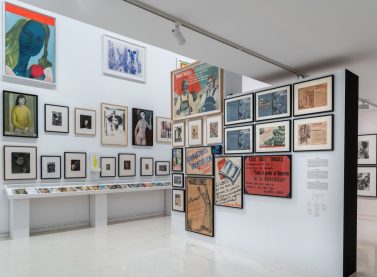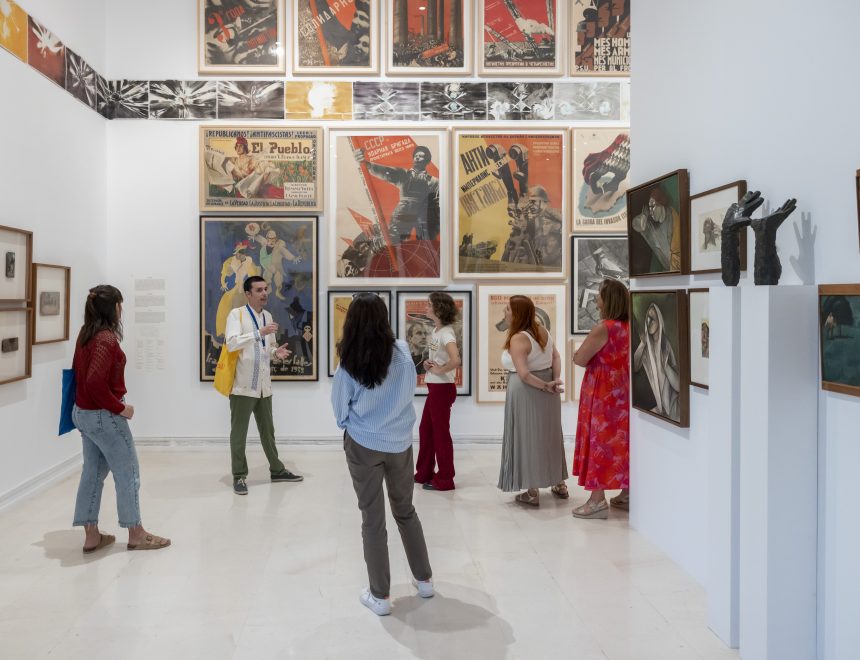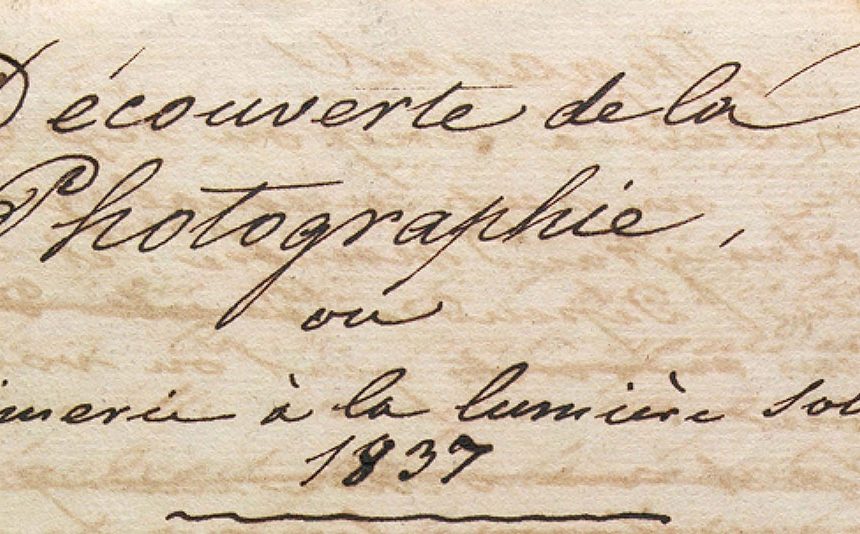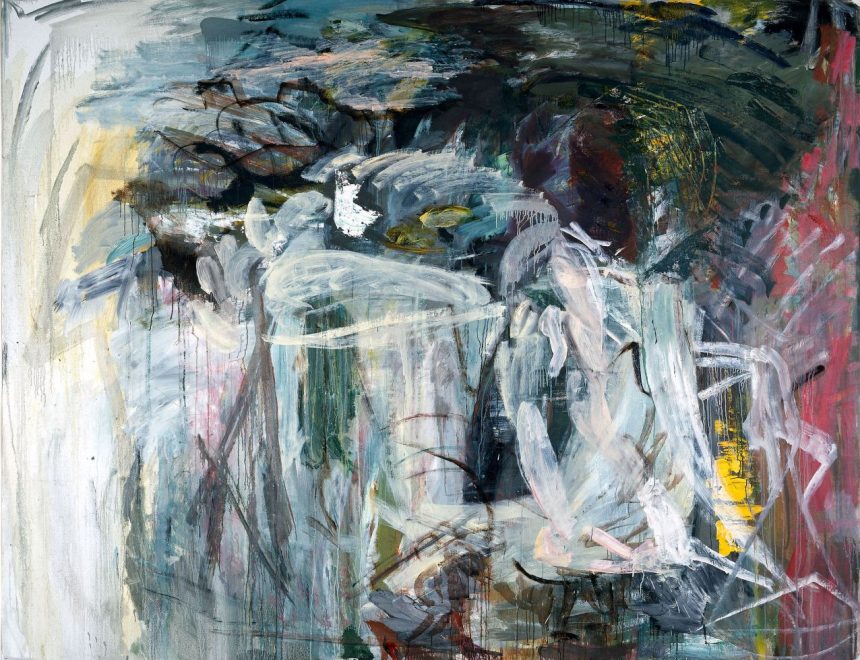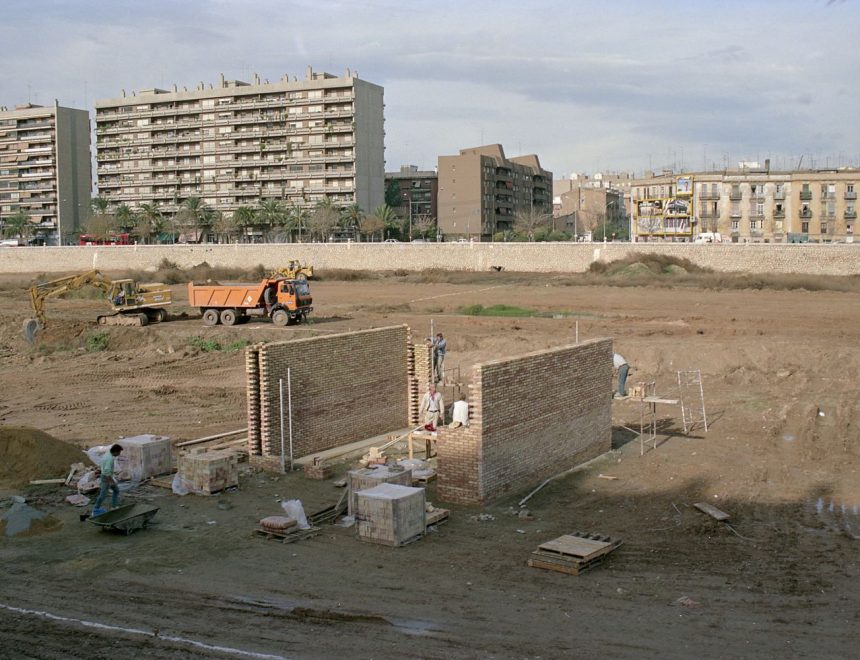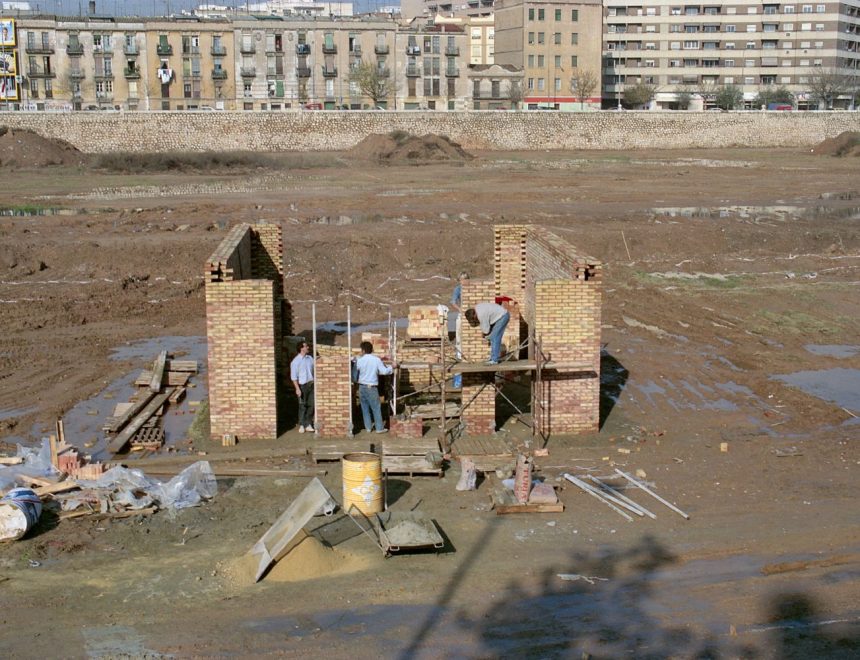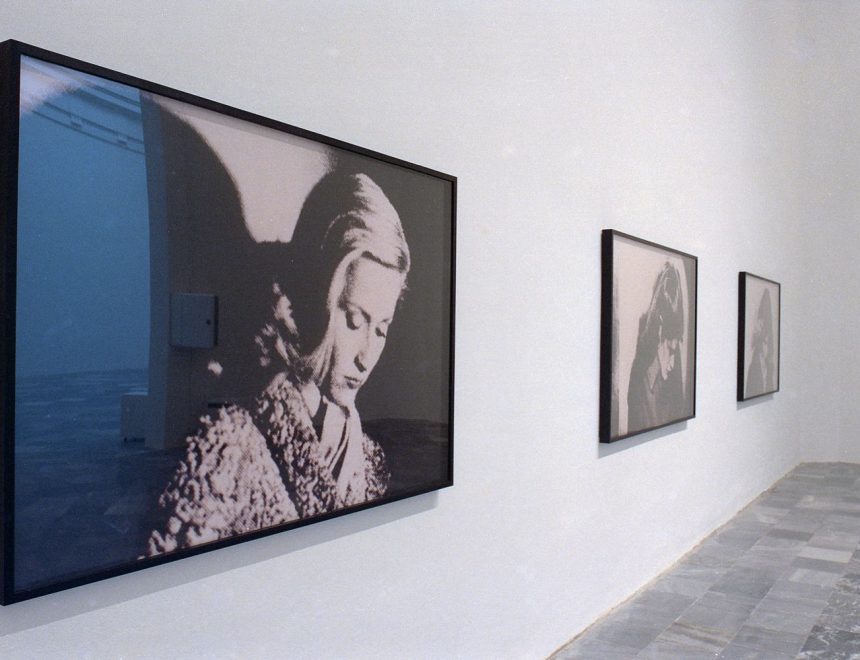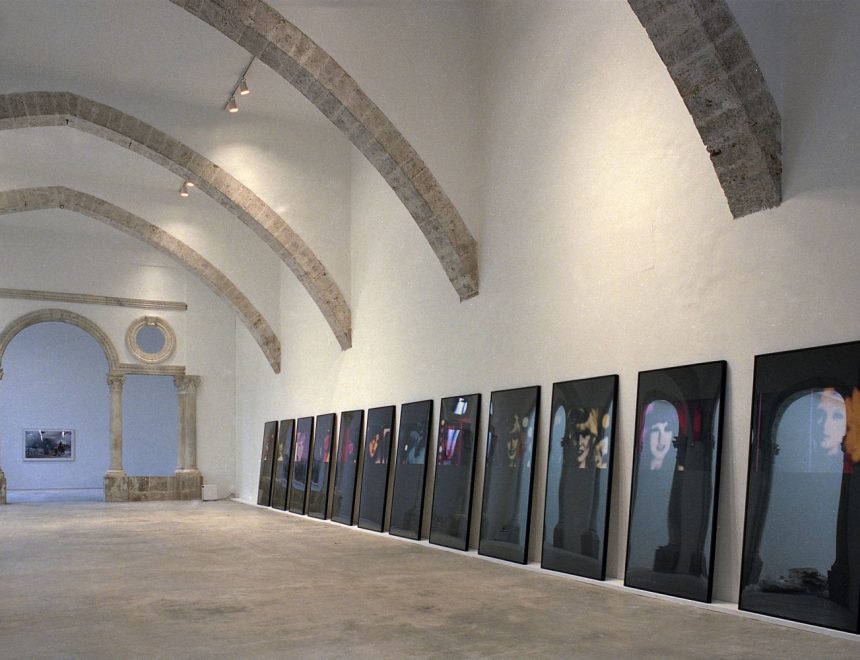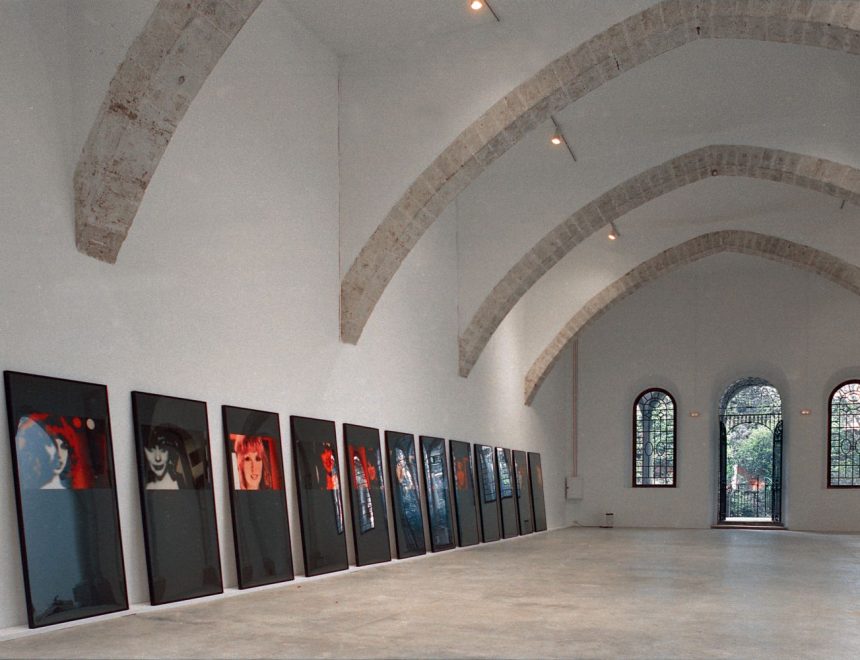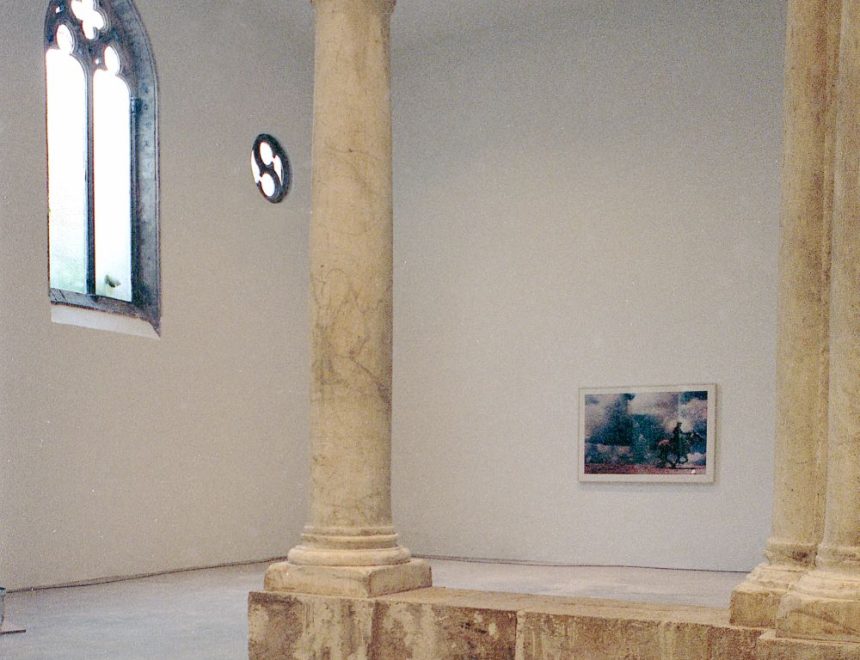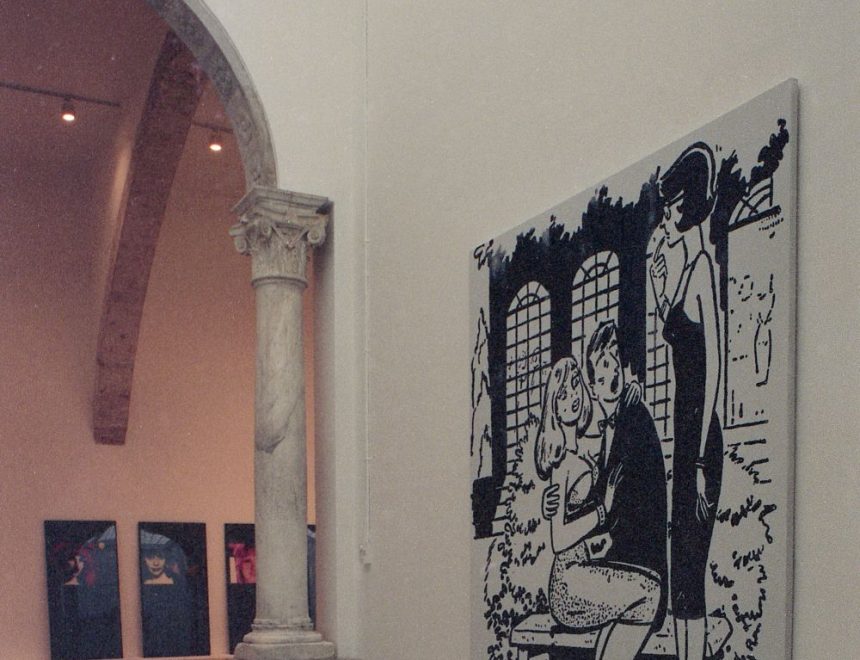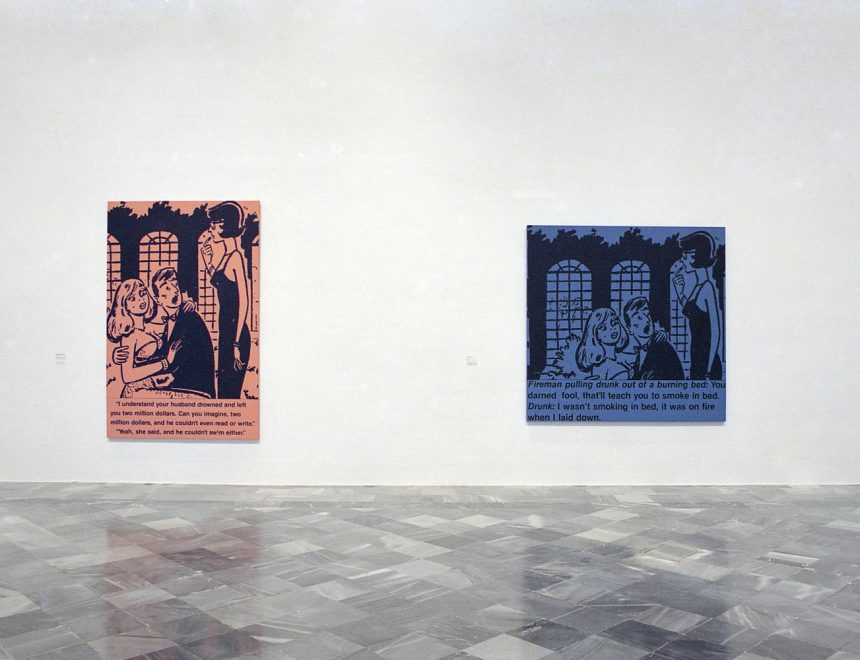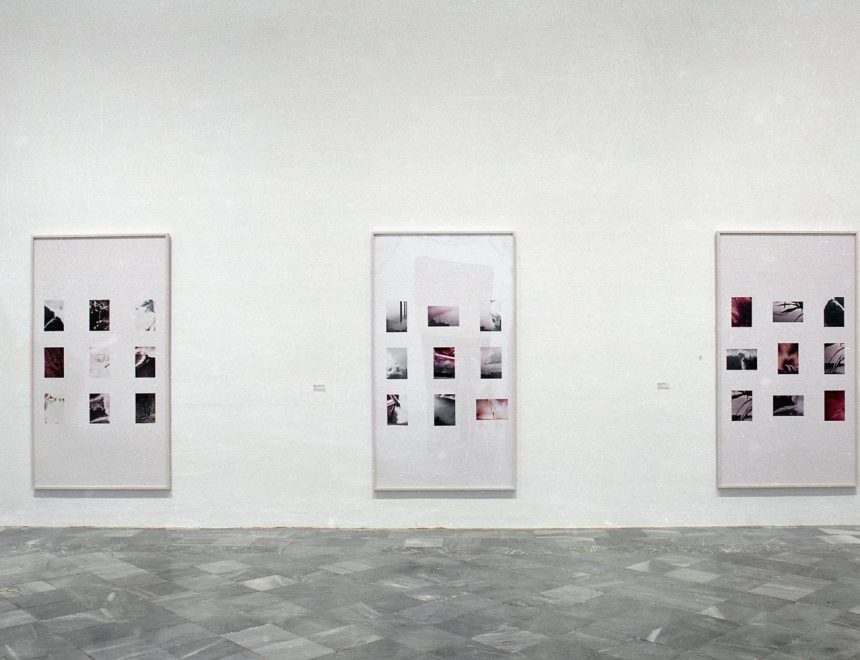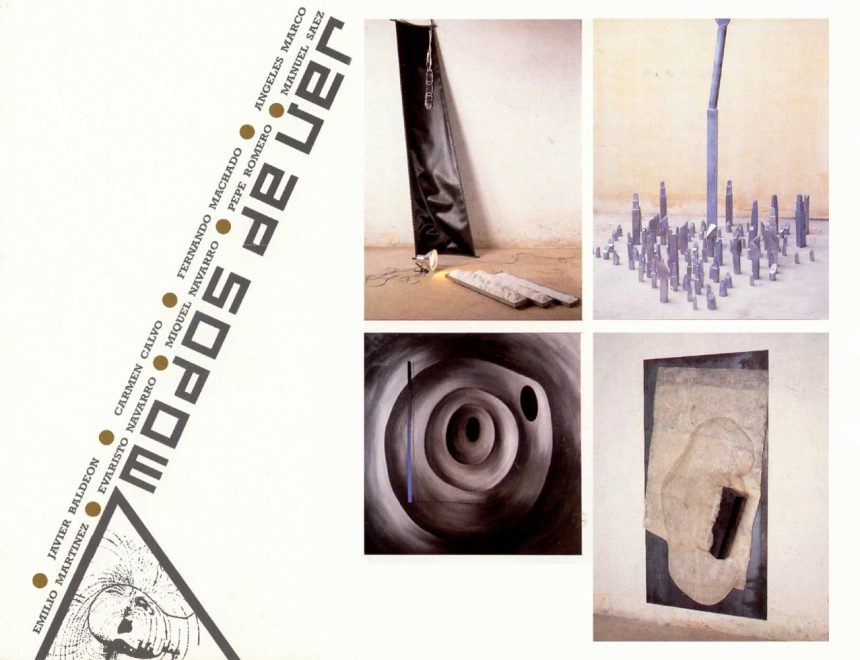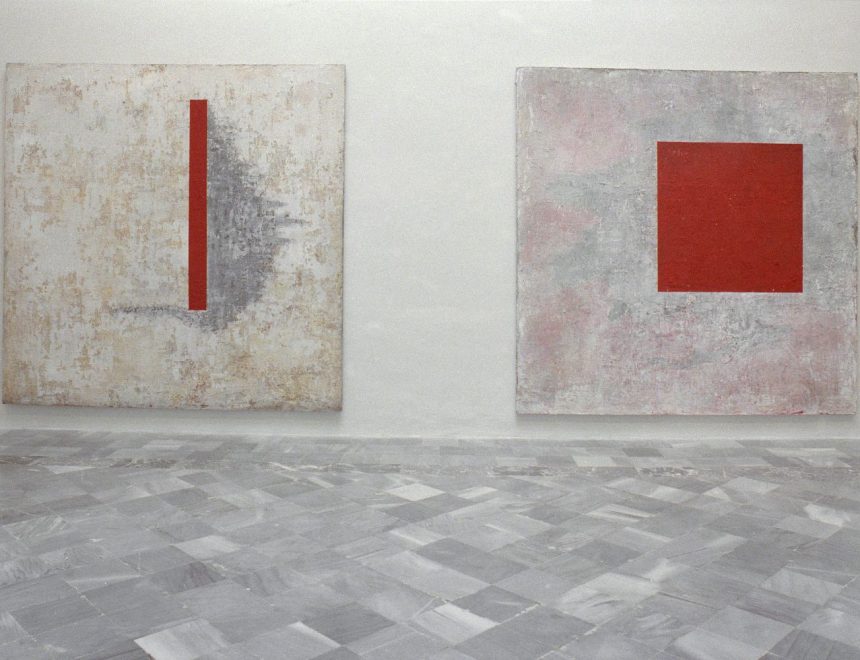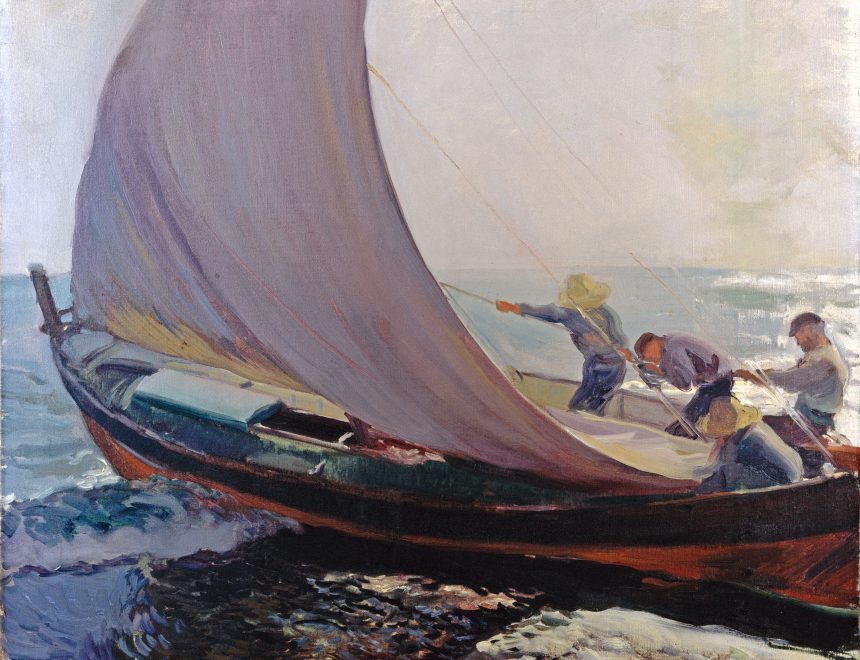Most of the works in the exhibition come from the collection of the IVAM. These are complemented by pieces from the Colección Michael Jenkins & Javier Romero housed at the Museo de Arte Contemporáneo de Alicante (MACA), the Museo Nacional Centro de Arte Reina Sofía (MNCARS), the Archivo Miguel Trillo and the Archivo Lafuente at the Library and Documentation Centre of the MNCARS, and the Museu Nacional d’Art de Catalunya (MNAC). The show also includes works from the following institutions and private collections: Colección Ricardo Borja, Residencia de Estudiantes de Madrid, Museo Ramón Gaya (Ayuntamiento de Murcia), Archivo de la Fundación Anselmo Lorenzo, Galería Rafael Ortiz (Sevilla), Herederos Llorens Peters C.B, Colección Antonio García y Sebastián Becerra, Galería Alarcón Criado (Sevilla), Occupational Centre of the Day Centre of La Puebla de Cazalla, Collection Kai Dikhas (Foundation Kai Dikhas, Berlin), Prometeo Gallery Ida Pisani (Milan), KOW (Berlin), CRAI Biblioteca Pavelló de la República (Universitat de Barcelona), Collection APRA Foundation (Berlin), Odin Teatret Archives Collection (Denmark), Fondazione Echaurren Salaris (Rome), Biblioteca Històrica de la Universitat de València, Monasterios Loeches, Light Cone Collection, Archivo Fundación Federico García Lorca (Granada), Film collection of Radiotelevisión Española (RTVE), Filmoteca Española, Médiathèque du patrimoine et de la photographie, diffusion RMN-GP and Colección Instituto de Estudios Giennenses.
Download complete dossier in English here




